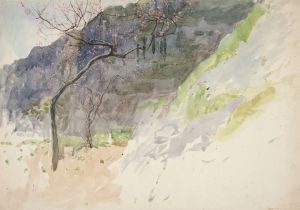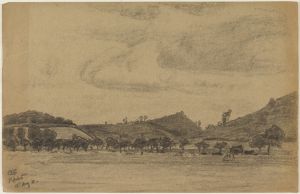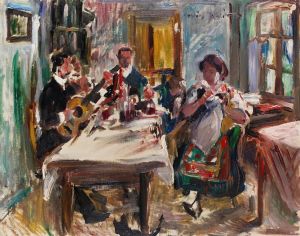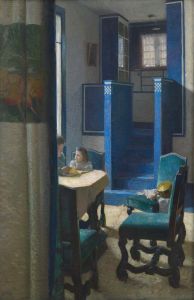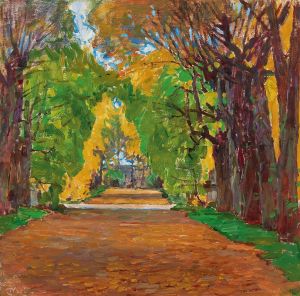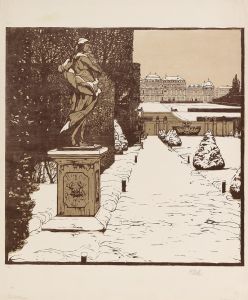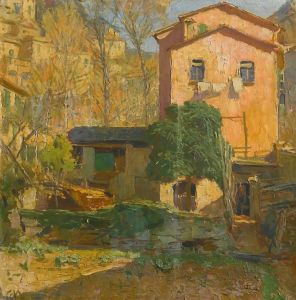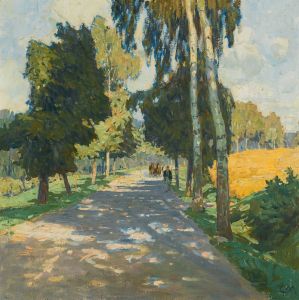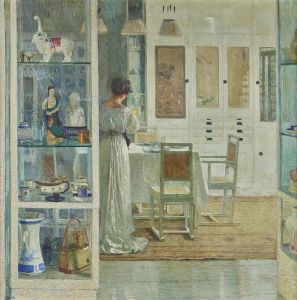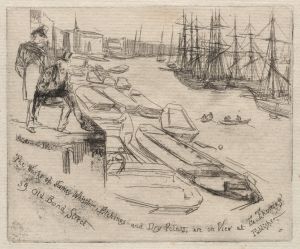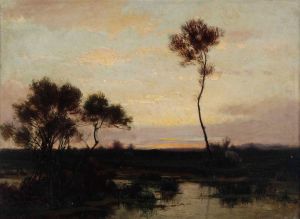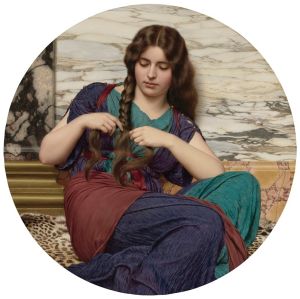
Rustic Garden
A hand-painted replica of Carl Moll’s masterpiece Rustic Garden, meticulously crafted by professional artists to capture the true essence of the original. Each piece is created with museum-quality canvas and rare mineral pigments, carefully painted by experienced artists with delicate brushstrokes and rich, layered colors to perfectly recreate the texture of the original artwork. Unlike machine-printed reproductions, this hand-painted version brings the painting to life, infused with the artist’s emotions and skill in every stroke. Whether for personal collection or home decoration, it instantly elevates the artistic atmosphere of any space.
Carl Moll (1861-1945) was an Austrian painter known for his contributions to the Vienna Secession movement, which sought to break away from traditional academic art and promote modernist approaches. One of his notable works is "Rustic Garden," a painting that exemplifies his skill in capturing serene and intimate landscapes.
"Rustic Garden" is an oil painting that showcases Moll's adeptness at portraying natural settings with a sense of tranquility and detail. The painting features a garden scene, likely inspired by the picturesque rural landscapes of Austria. Moll's use of light and shadow, along with his attention to the textures of foliage and garden elements, creates a vivid and inviting atmosphere. The composition is carefully balanced, with a harmonious arrangement of natural elements that draw the viewer's eye through the scene.
Moll was a co-founder of the Vienna Secession in 1897, alongside other prominent artists such as Gustav Klimt and Koloman Moser. The movement was characterized by its embrace of modernist principles and its rejection of the conservative art establishment in Vienna. Moll's work, including "Rustic Garden," reflects the Secessionist ideals of innovation and a departure from traditional artistic conventions.
Throughout his career, Moll was influenced by various artistic movements, including Impressionism and Symbolism. His landscapes often exhibit a blend of these influences, with an emphasis on capturing the ephemeral qualities of light and atmosphere. In "Rustic Garden," this is evident in the way he renders the dappled sunlight filtering through the trees and the soft, almost dreamlike quality of the scene.
Moll's contributions to the art world extend beyond his paintings. He was also an influential figure in the promotion of modern art in Vienna, organizing exhibitions and supporting fellow artists. His commitment to the Vienna Secession and his efforts to foster a progressive artistic community were instrumental in shaping the cultural landscape of early 20th-century Vienna.
"Rustic Garden" is a testament to Moll's ability to create works that are both aesthetically pleasing and evocative of a particular mood or atmosphere. The painting invites viewers to step into a peaceful, rural retreat, offering a moment of respite from the hustle and bustle of urban life. Moll's meticulous attention to detail and his sensitivity to the subtleties of nature make "Rustic Garden" a significant example of his artistic legacy.
In summary, Carl Moll's "Rustic Garden" is a beautiful representation of his talent for landscape painting and his role in the Vienna Secession movement. The painting captures the serene beauty of a rural garden with a masterful use of light, shadow, and composition, reflecting Moll's dedication to modernist principles and his influence on the art world of his time.





